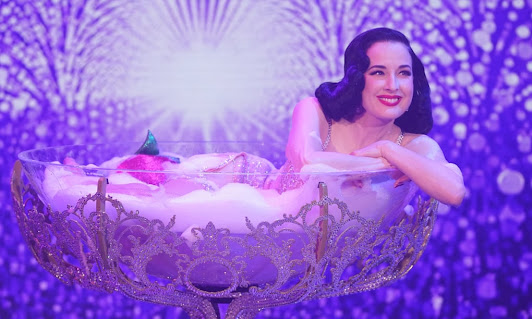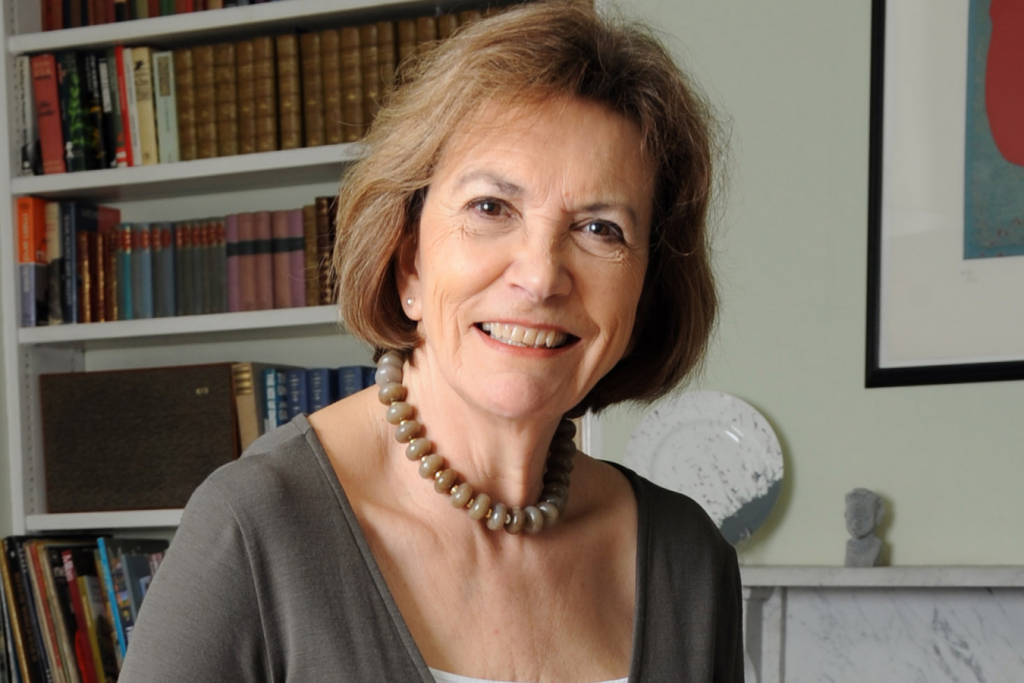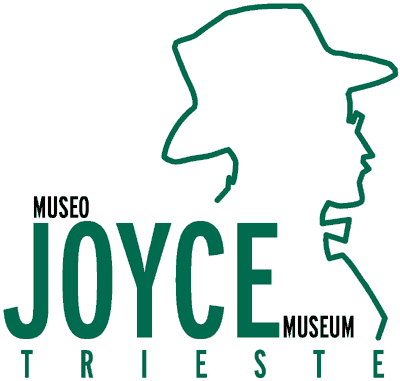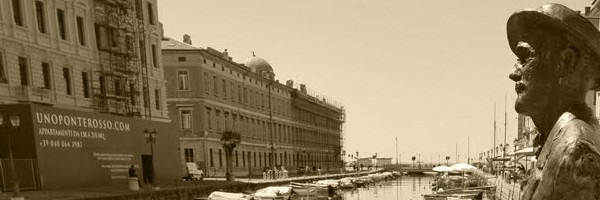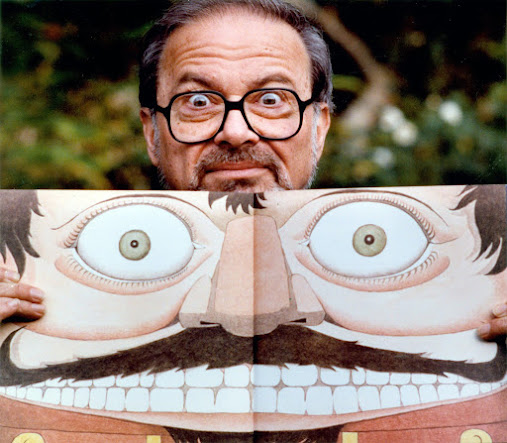 |
| Evan Rachel Wood and Marilyn Manson |
Evan Rachel Wood and four other women accuse Marilyn Manson of abuse
Manson describes allegations as ‘horrible distortions of reality’ after record label drops him from their roster
Mon 1 Feb 2021 17.06 GMT
Evan Rachel Wood has accused her former partner Marilyn Manson of years of “horrific” abuse.
In an Instagram post, the actor wrote:
The name of my abuser is Brian Warner, also known to the world as Marilyn Manson. He started grooming me when I was a teenager and horrifically abused me for years. I was brainwashed and manipulated into submission. I am done living in fear of retaliation, slander or blackmail. I am here to expose this dangerous man and call out the many industries that have enabled him, before he ruins any more lives. I stand with the many victims who will no longer be silent.
Four other women – Ashley Walters, Sarah McNeilly, Ashley Morgan and Gabriella (with no surname given) – have also alleged abusive behaviour via public Instagram posts. McNeilly and Walters allege physical and emotional abuse, including behaviour they characterise as torture; Morgan alleges sexual and physical violence, and coercion; Gabriella alleges rape, physical violence and that Manson forced her to take drugs.


